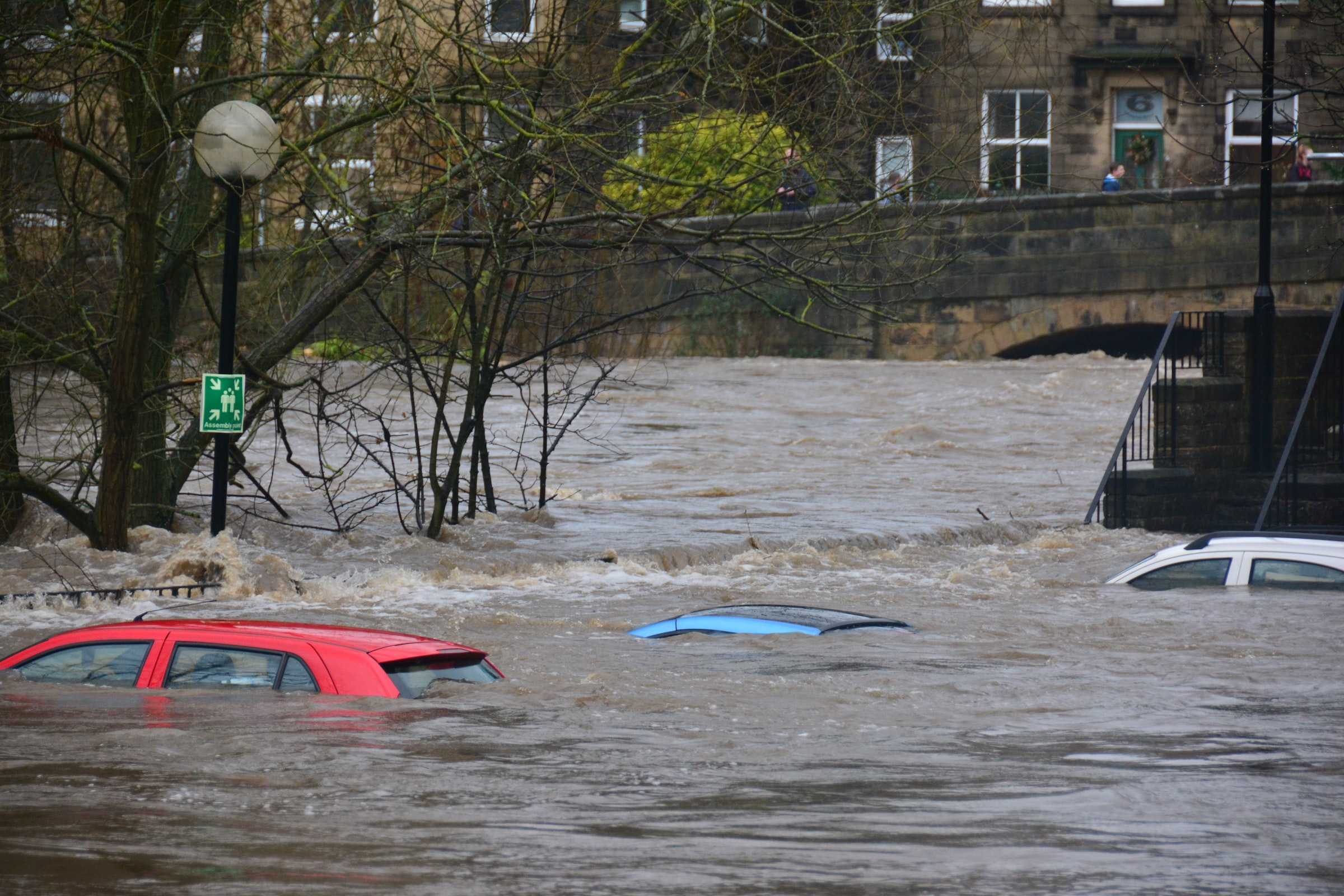


#climate change #emissions #terminology
Doug Fogelson
We Are at a Crossroads: Facing the Climate Crisis
Greenhouse gas emissions, primarily from the continued use of fossil fuels in energy production, transportation, agriculture, and industry, are accumulating in the atmosphere, leading to global warming. As a result, our oceans and atmosphere are becoming warmer, causing disruptions to weather patterns. This fuels severe events like droughts, wildfires, and storms, while also driving biodiversity loss, rising sea levels, ocean acidification, and displacement of vulnerable communities.
We are rapidly running out of time to make the necessary changes to keep global warming below a 2°C rise. Currently, the Earth is already 1°C warmer than it was during the pre-industrial era (around 1750).
Despite decades of well-documented scientific warnings, humanity has yet to address the climate crisis at the speed and scale required. Governments and corporations have continued to prioritize economic growth over meaningful, sustainable changes, even as environmental and social challenges escalate and become more expensive to address.
In many parts of the world, particularly in the Global South, people do not have the luxury of choosing to live more sustainably. However, countries in the Global North, such as the United States—where just 20% of the global population consumes 80% of the Earth’s resources—have the capacity and responsibility to make impactful changes now.
Climate change impacts, including sea-level rise and habitat destruction, are already displacing populations and disrupting economies. As these challenges intensify, we will see more forced migrations and deeper social and economic upheavals. These issues are complex and interconnected—so what can we do to help?
The good news is that we can act right now. We don’t need to wait to make a difference. Taking action toward sustainability does not require a full-time commitment, but it must become a “north star” priority for individuals, communities, and nations alike.
The largest sources of emissions are well understood, and we already have a range of practical, real-world solutions to reduce harm significantly—solutions that are ready for implementation. By embracing shared values of self-preservation, it is possible for communities, nations, and corporations to adopt practices that build resilience while reducing harm.
As individuals, we can take control of our own emissions, make sustainable choices in our lives, and advocate for larger regional and global solutions. Every action counts as we work together to respond to this climate emergency, prioritizing sustainability and normalizing it within our own communities.
For a deeper understanding of the science behind climate change and the ongoing efforts to address it, we encourage you to explore the following resources:
These organizations provide invaluable information on the science, strategies, and solutions needed to turn the tide on climate change. By understanding these efforts, you’ll be better equipped to contribute to the global movement for sustainability.